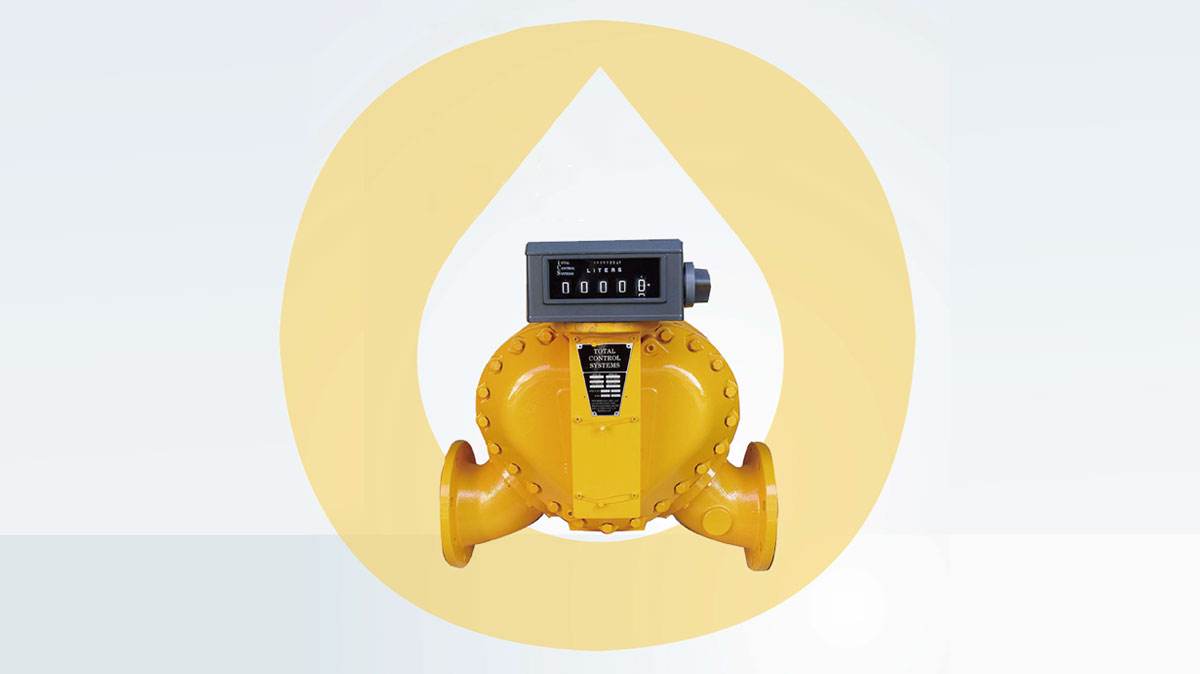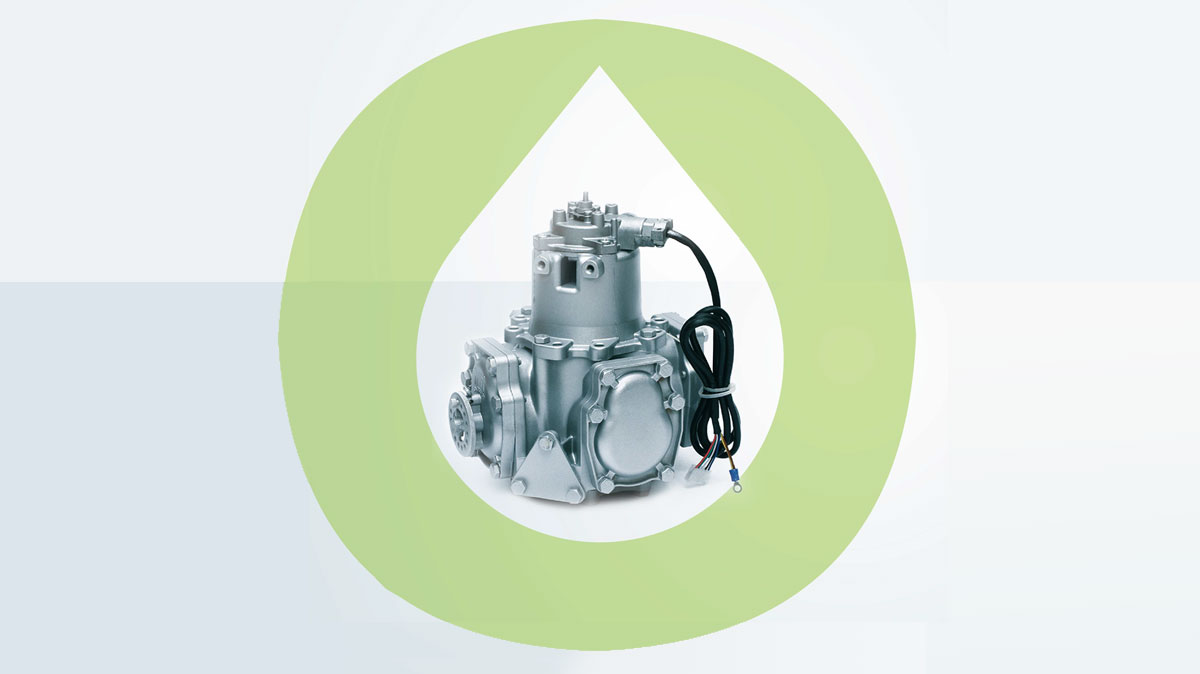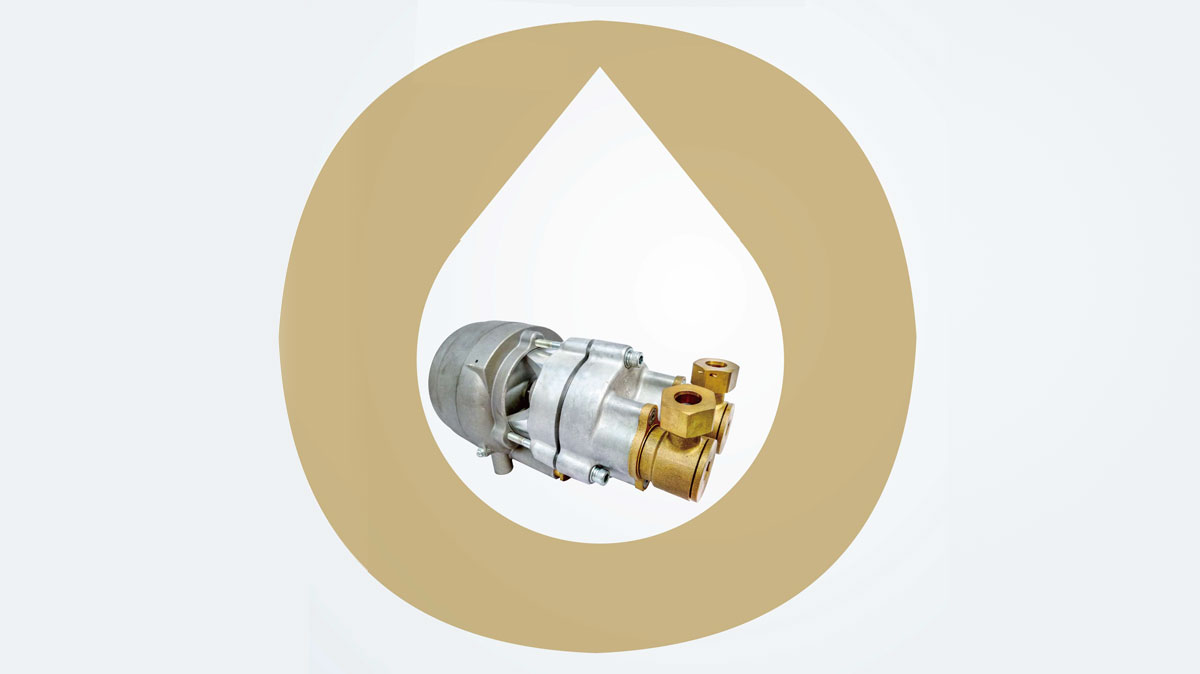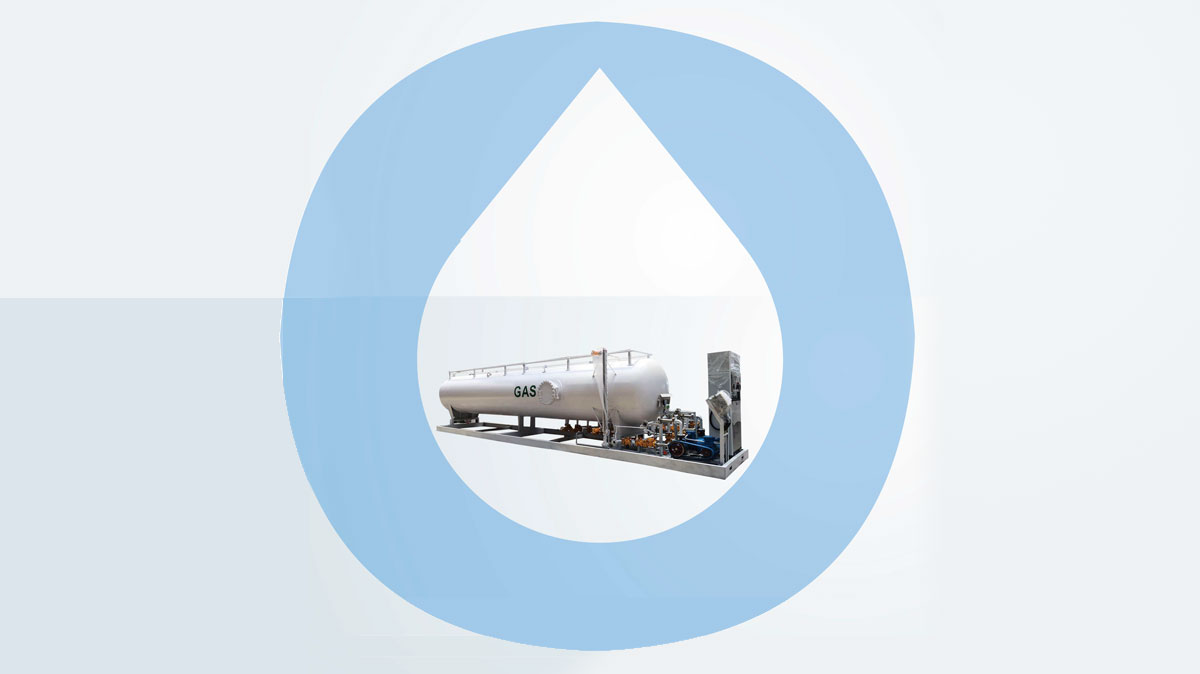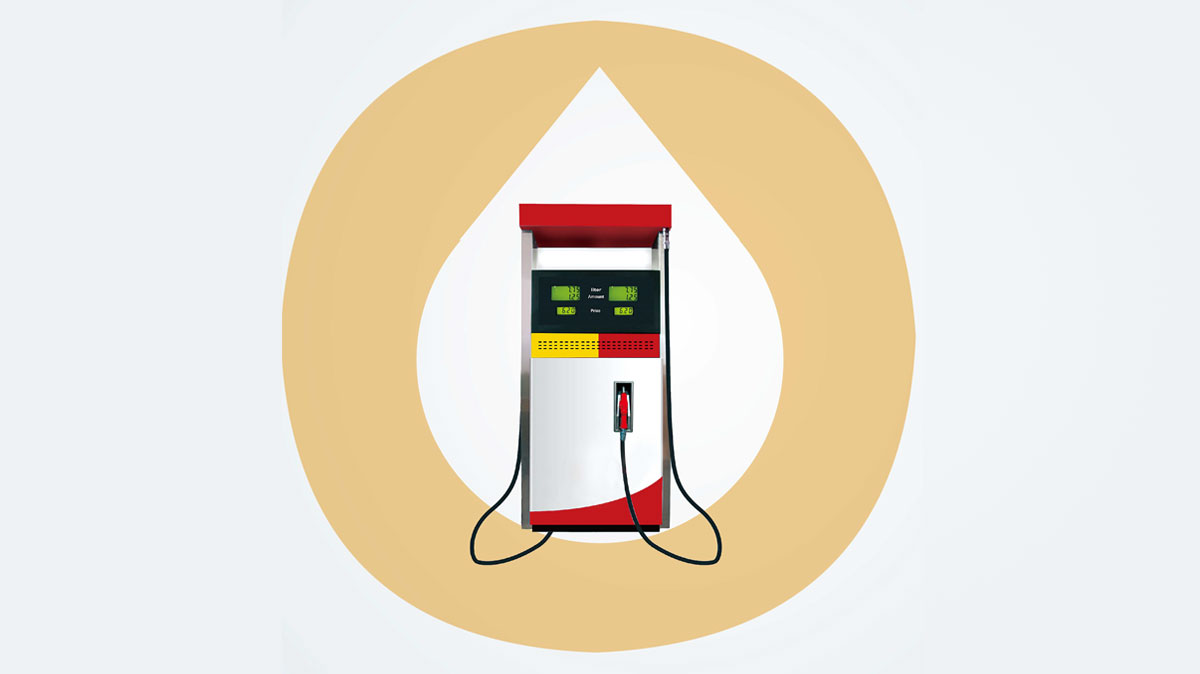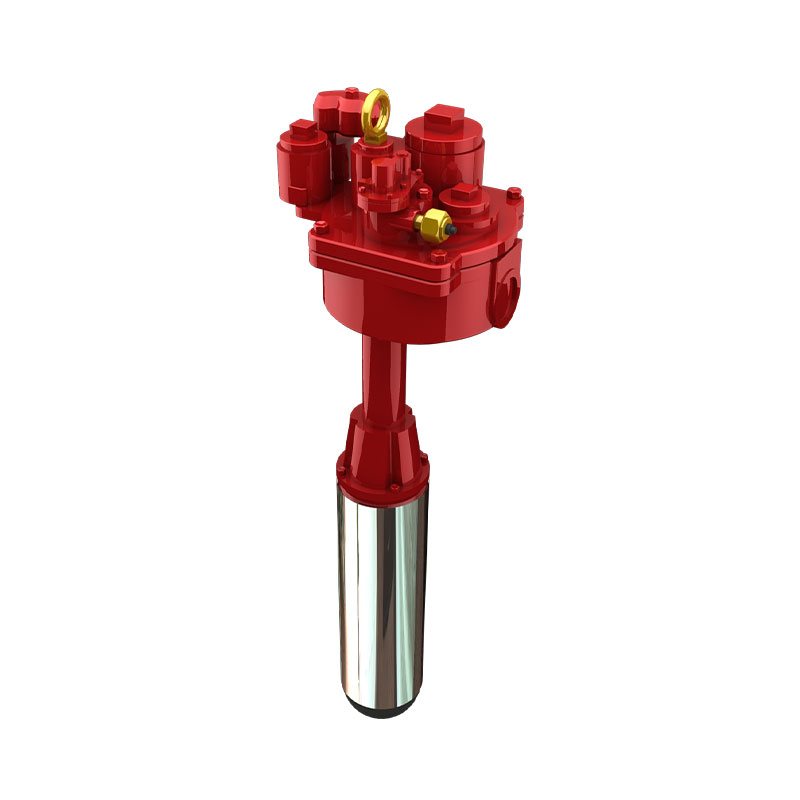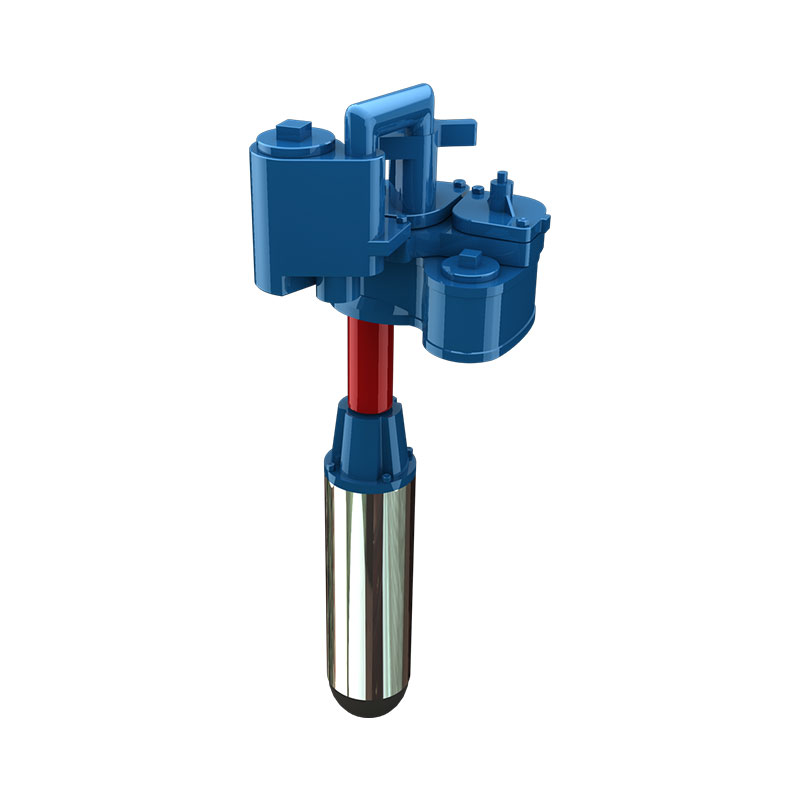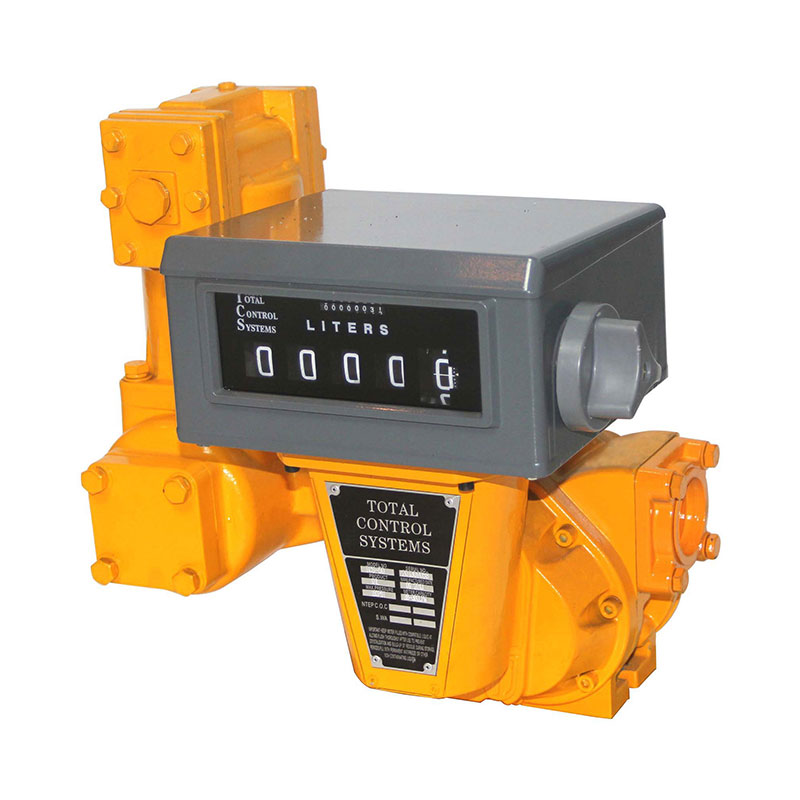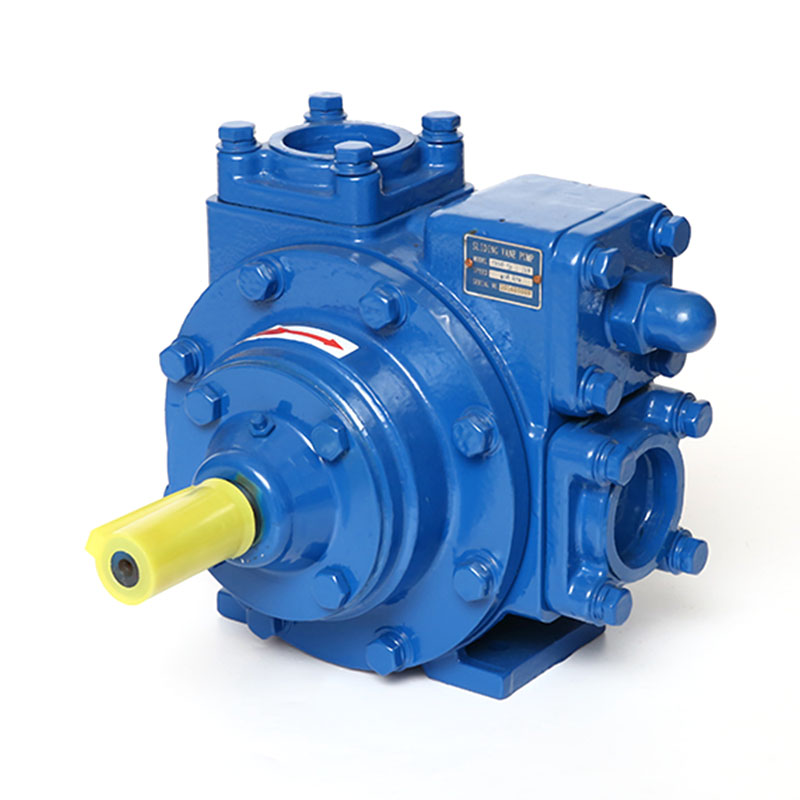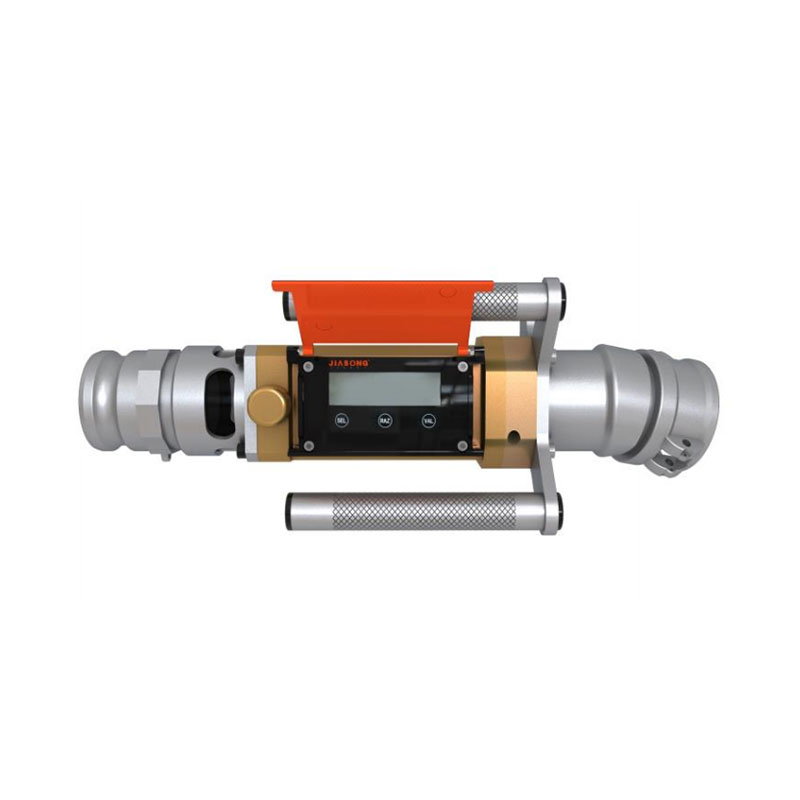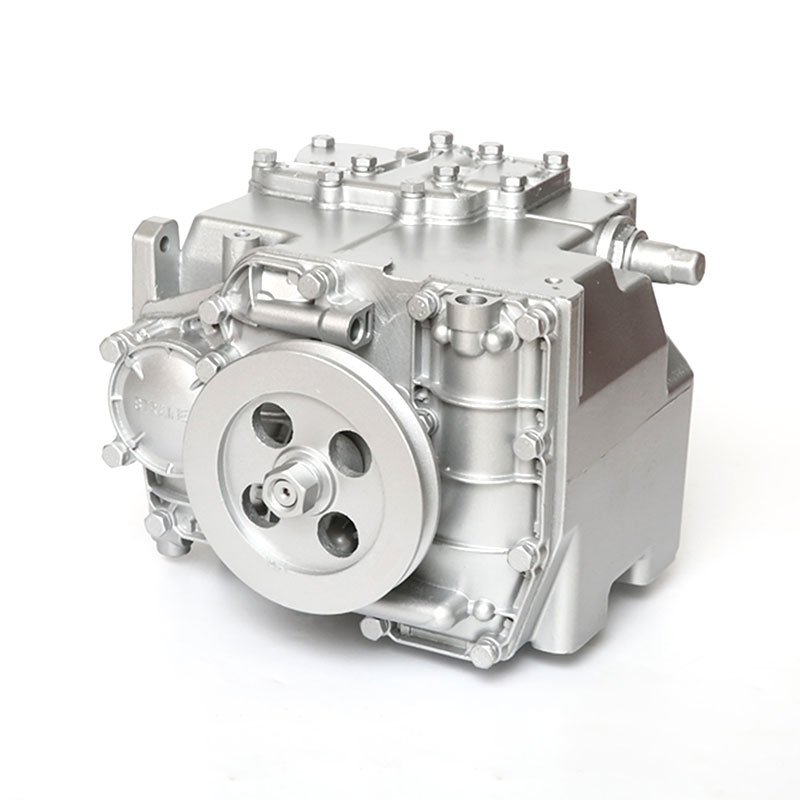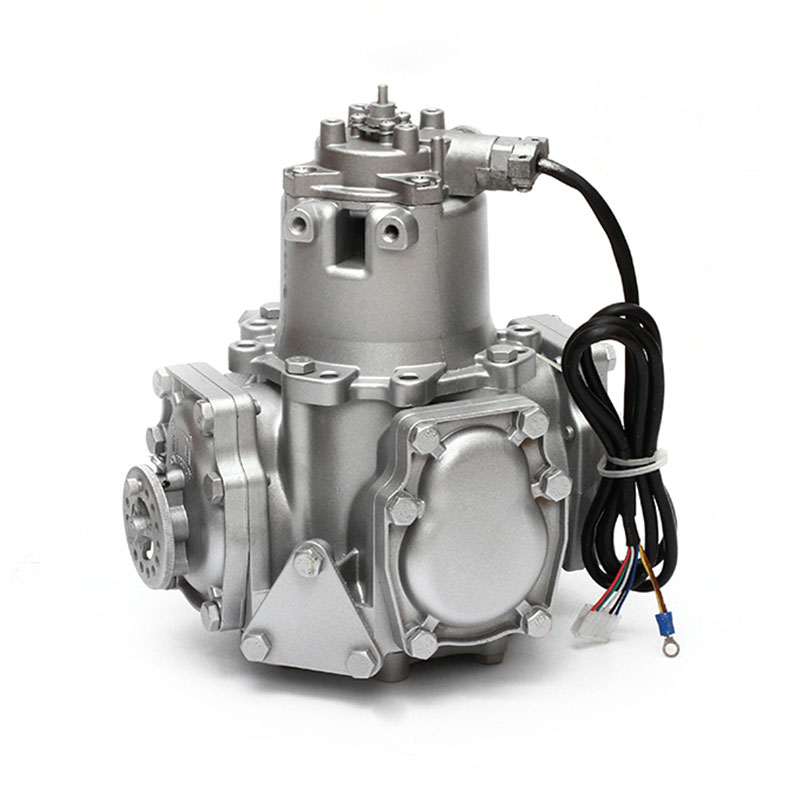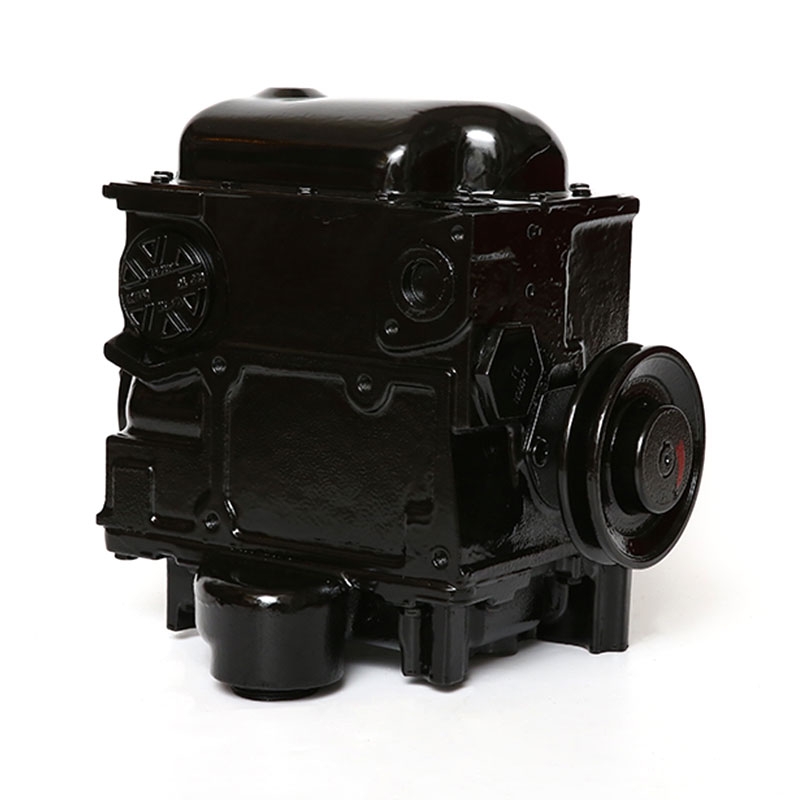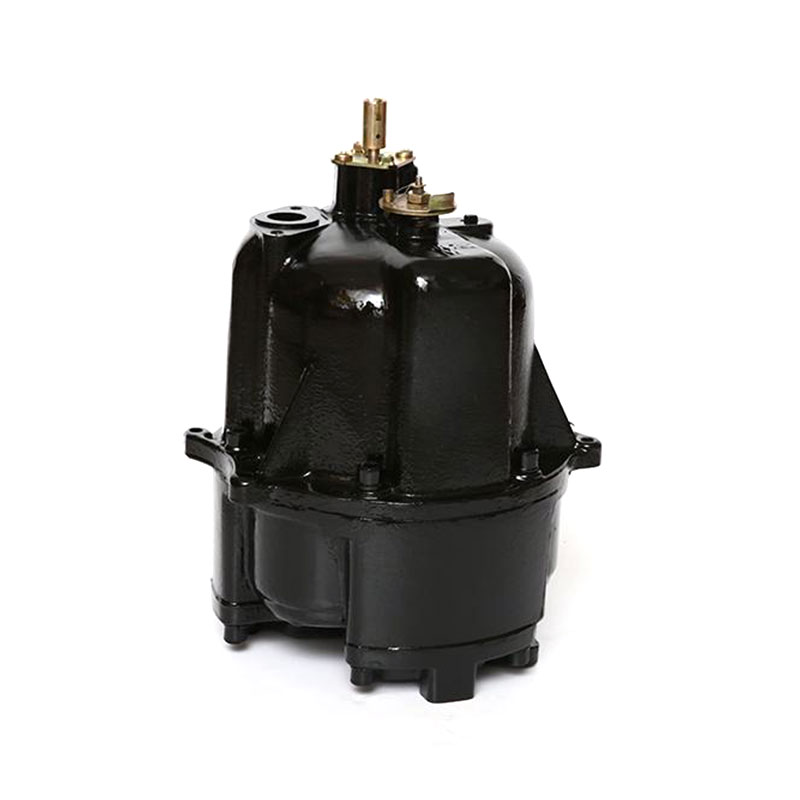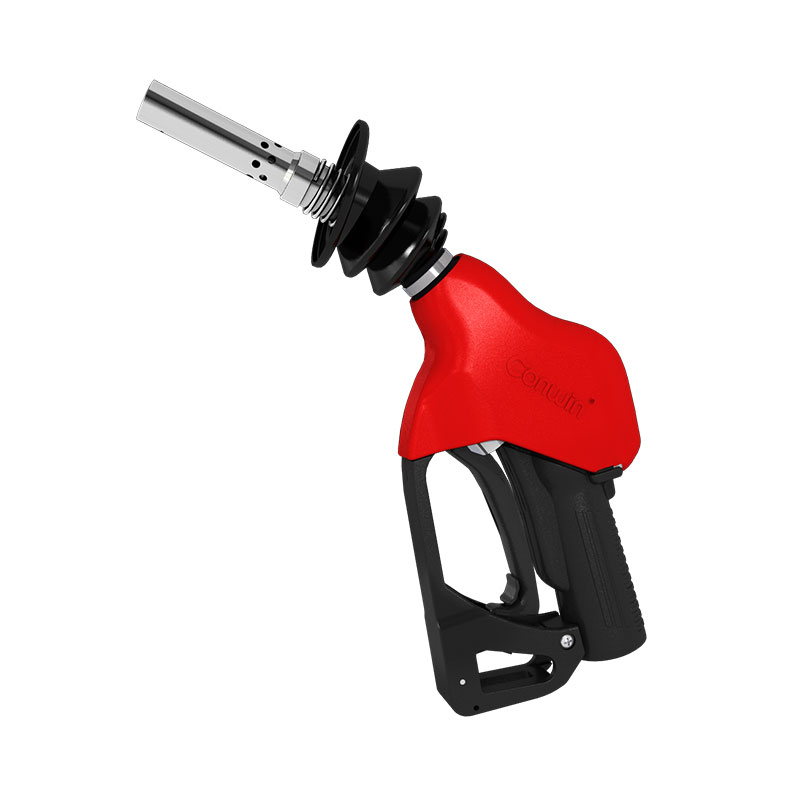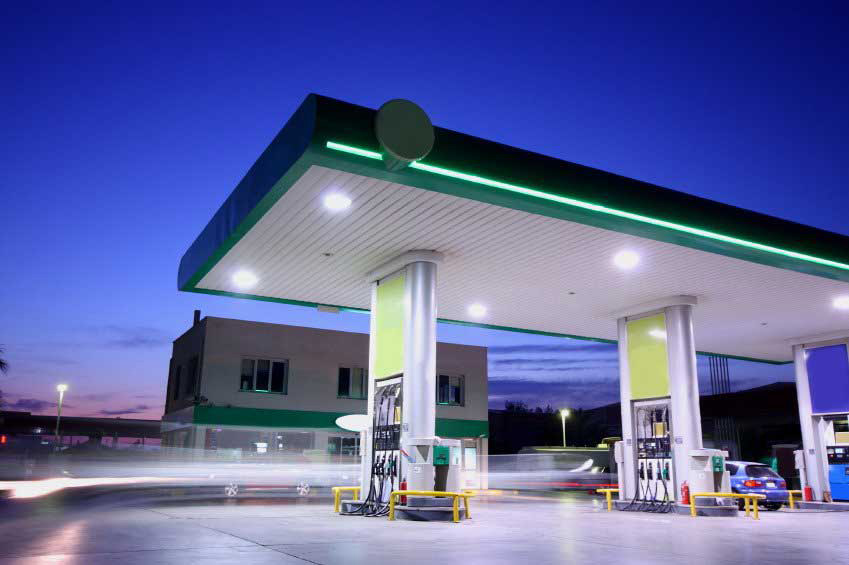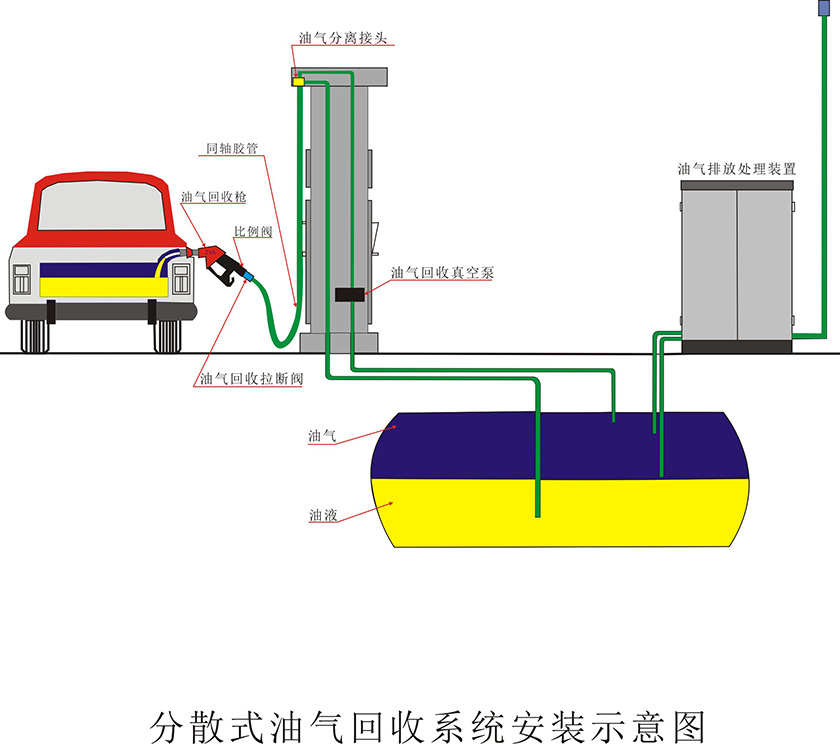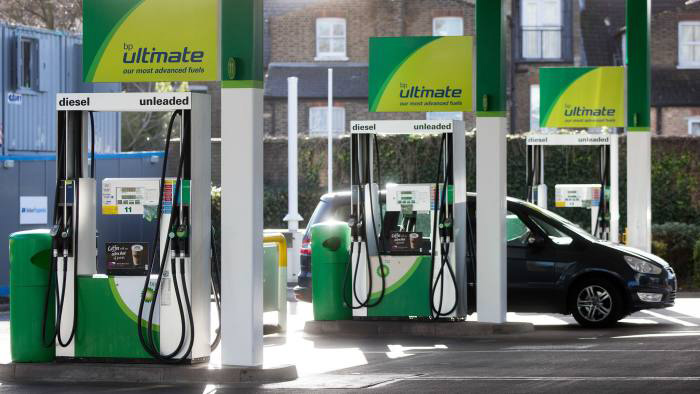Petroleum Equipment Manufacturer
We are a petroleum equipment manufacturer, specialized in researching, producing, selling and servicing of Fuel Dispenser, Combination Pump, Gear Pump, Submersible Pump, Flowmeter, etc., and also the equipments of tank, refinery and oil tanker.
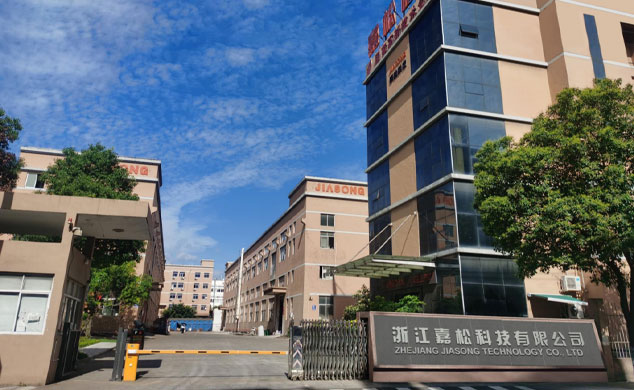
About Company
Jiasong gets involved in petroleum equipments and launches new products continuously.
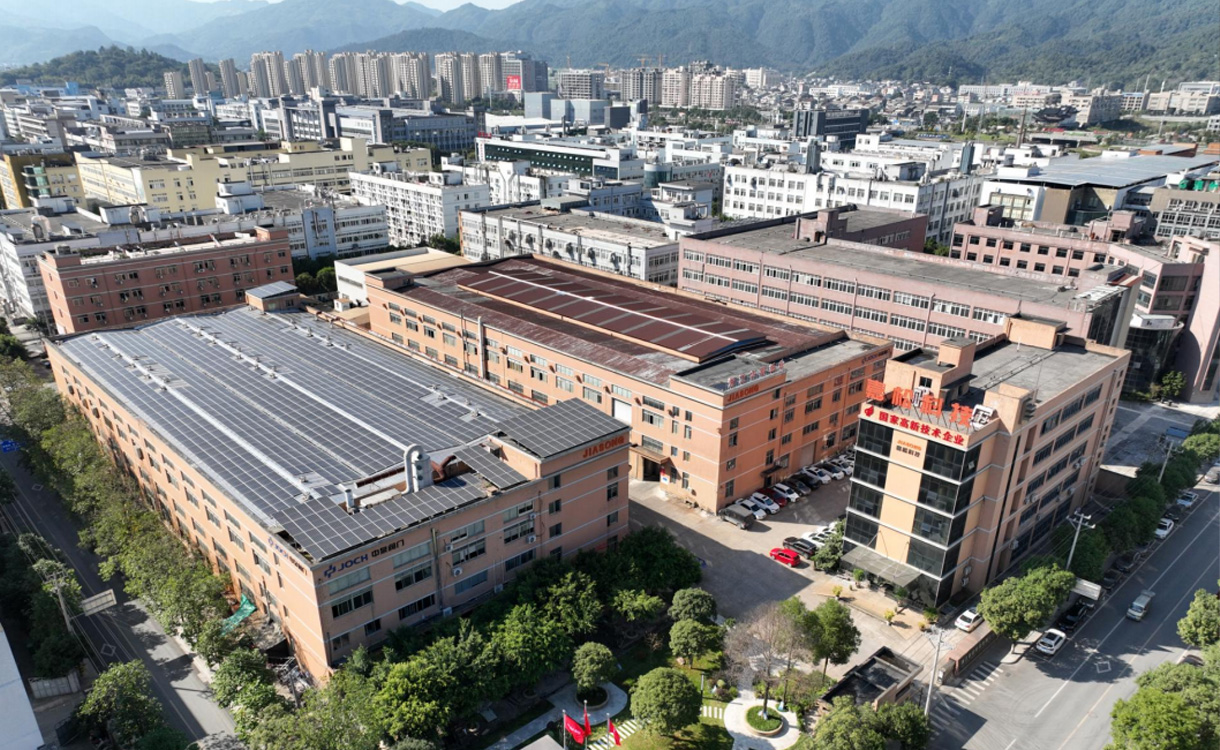
200
+
Working Member
Our Mission & Value
Provide first-class domestic equipment and accessories to China's petrochemical industry.
Company
Qualification
Since establishment, Jiasong attaches great importance to brand and capacity building. In recent years, the company has made a breakthrough in market access and qualification certification. The main qualification certificates obtained by our company recently include but are not limited to :







